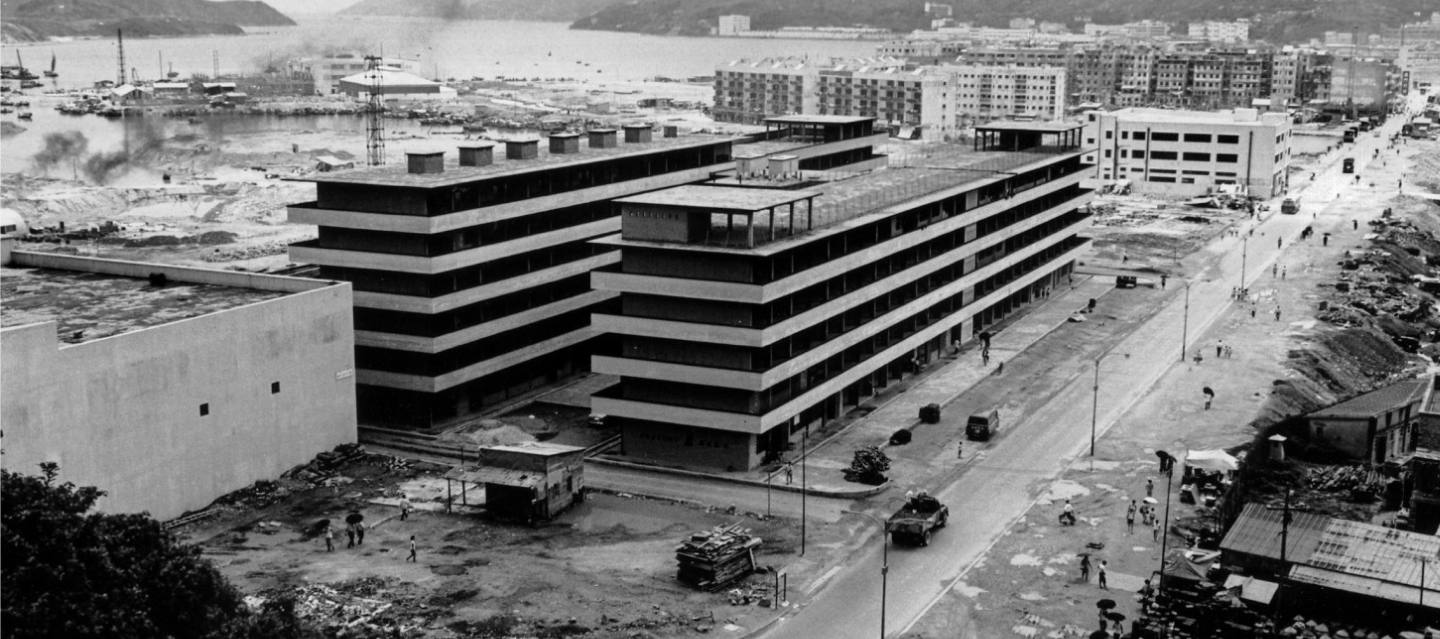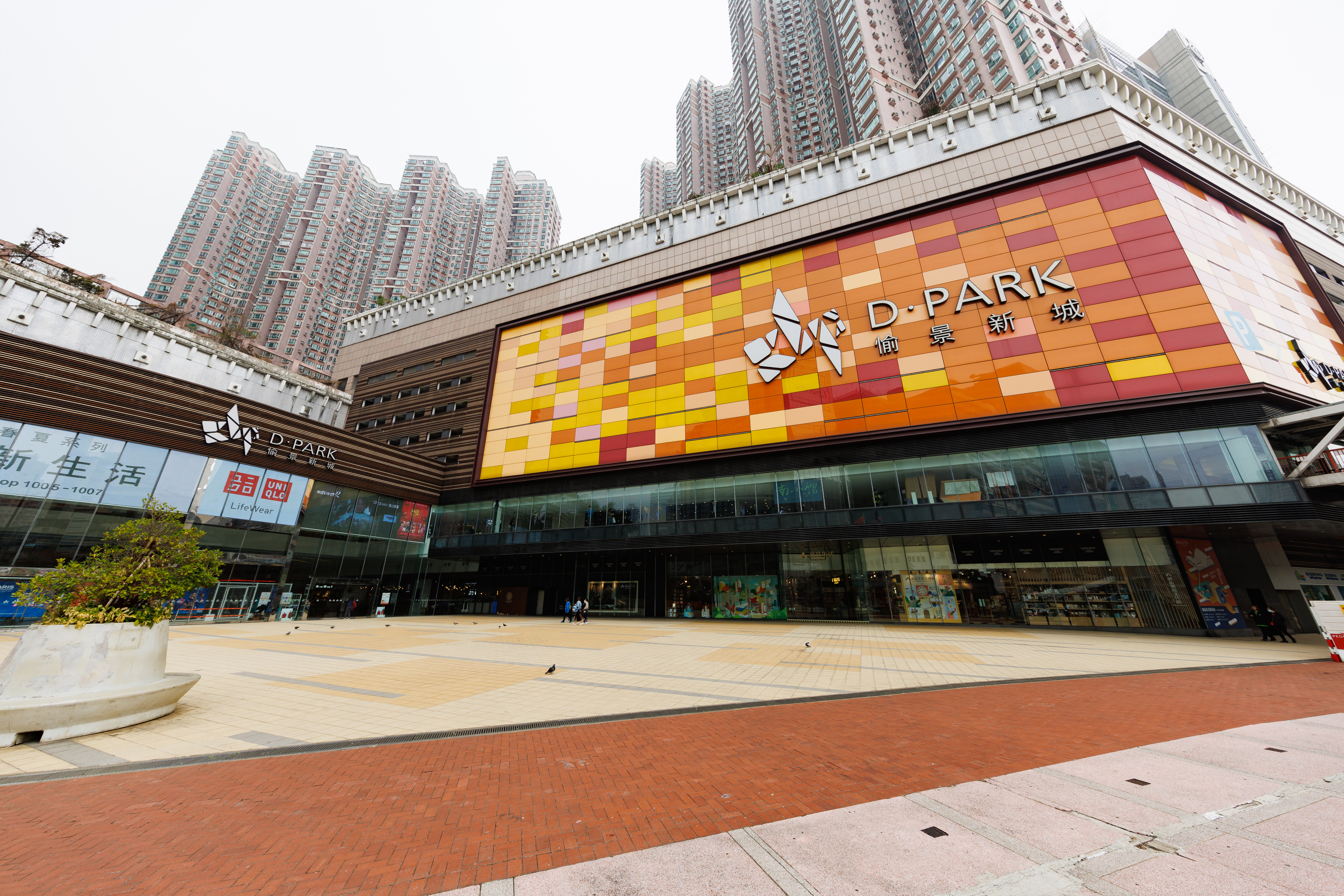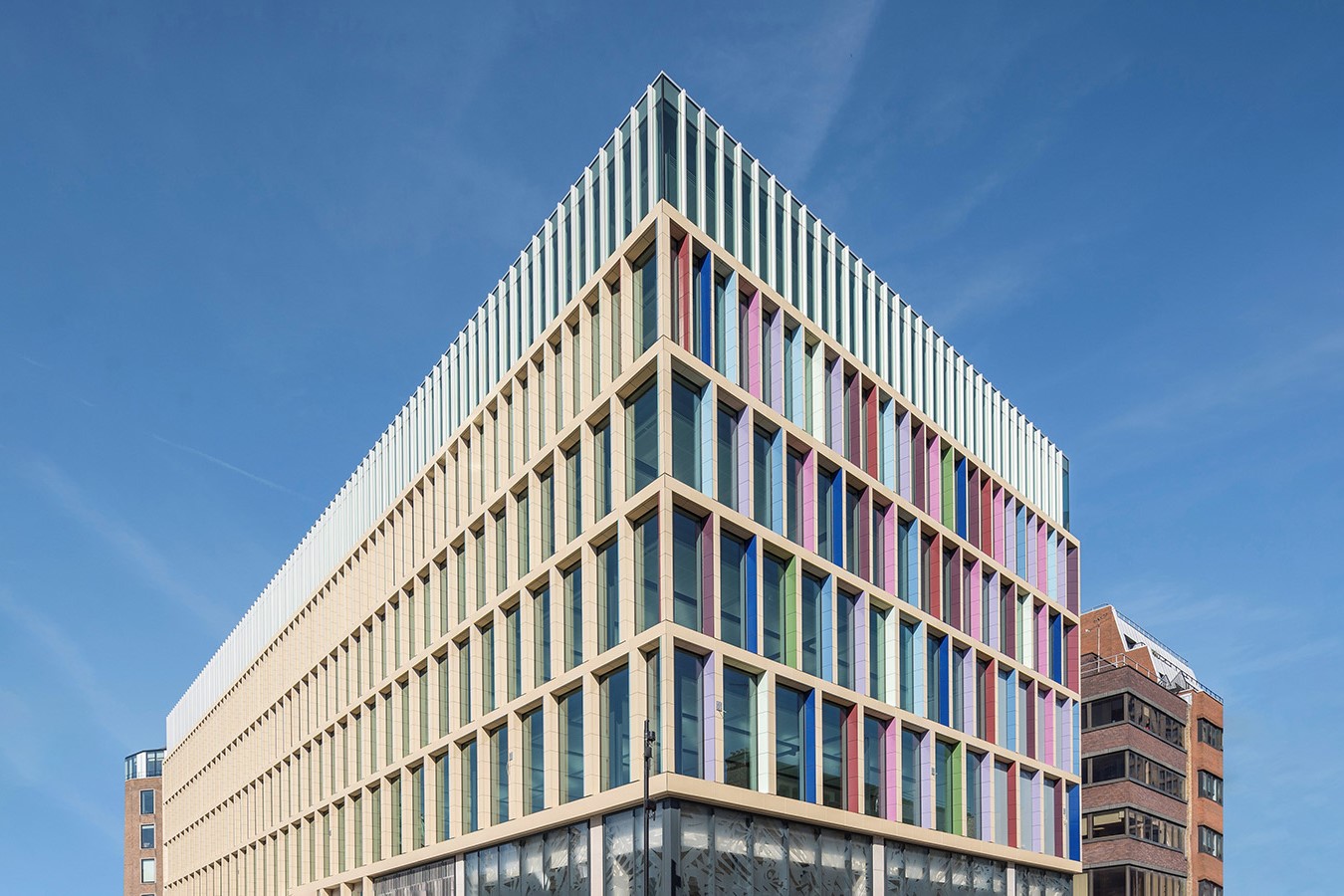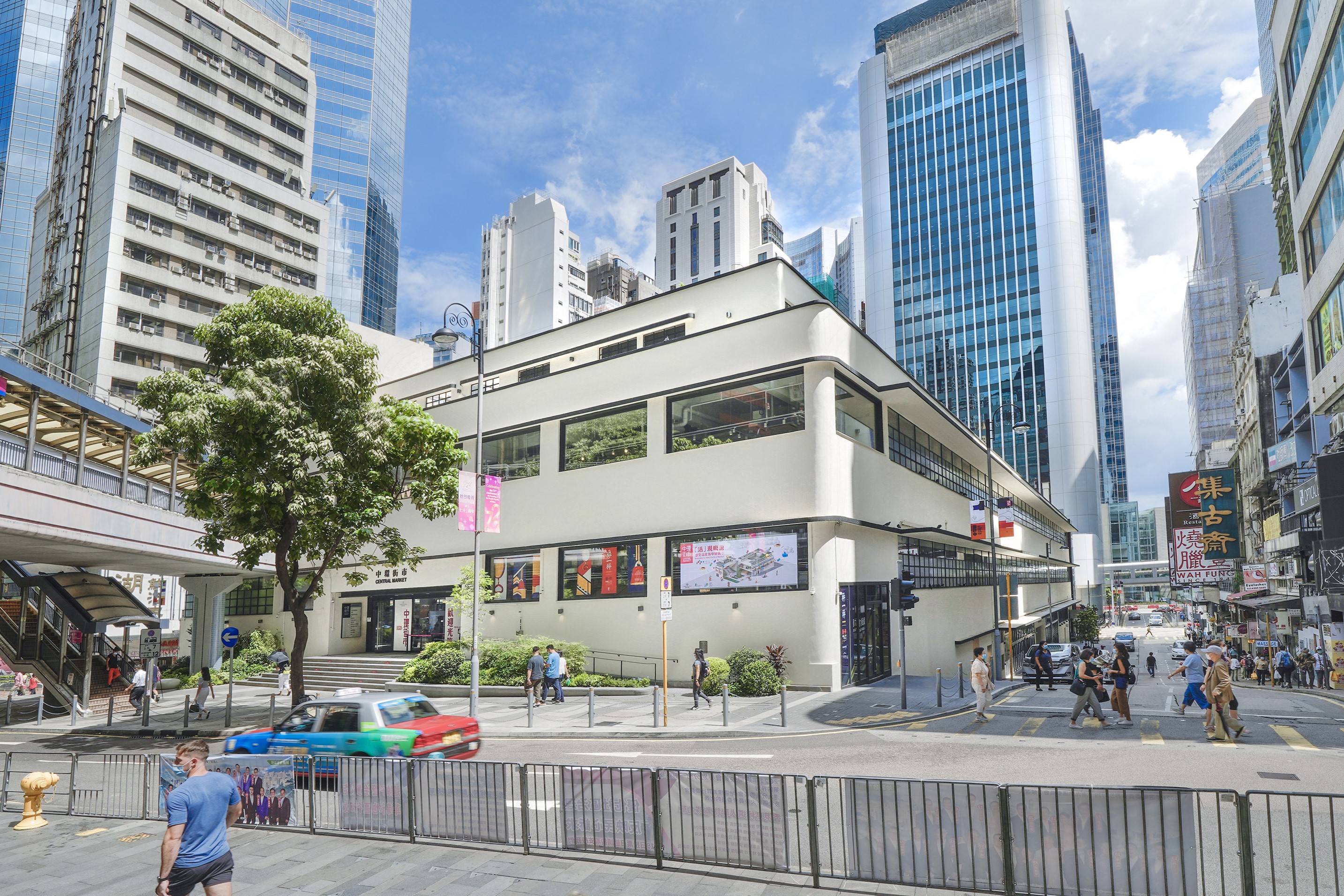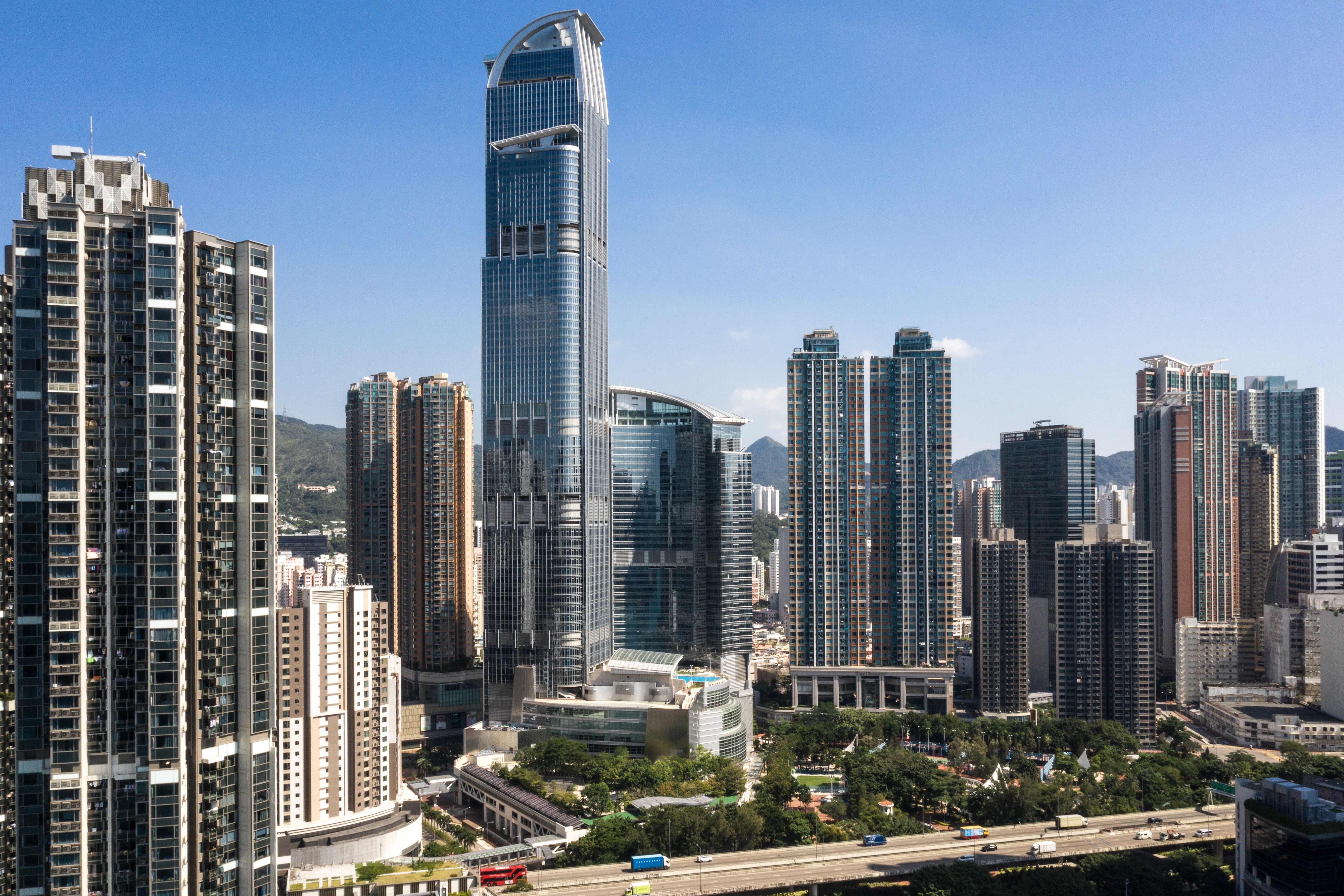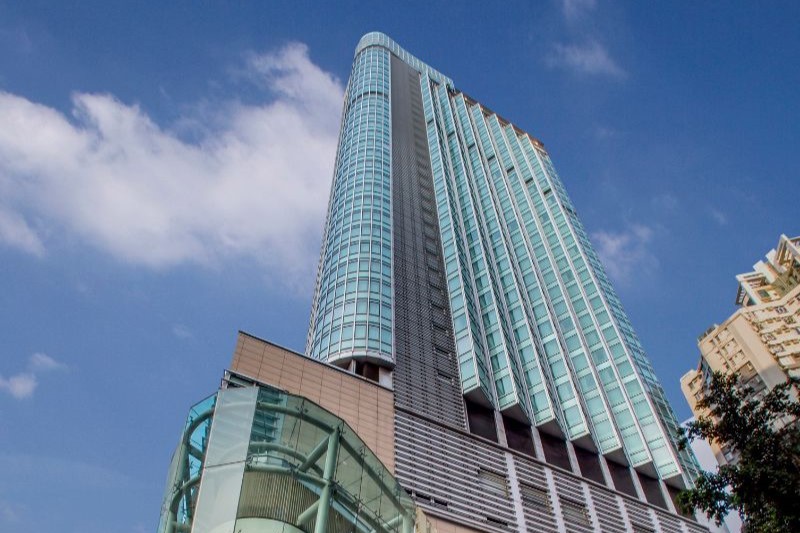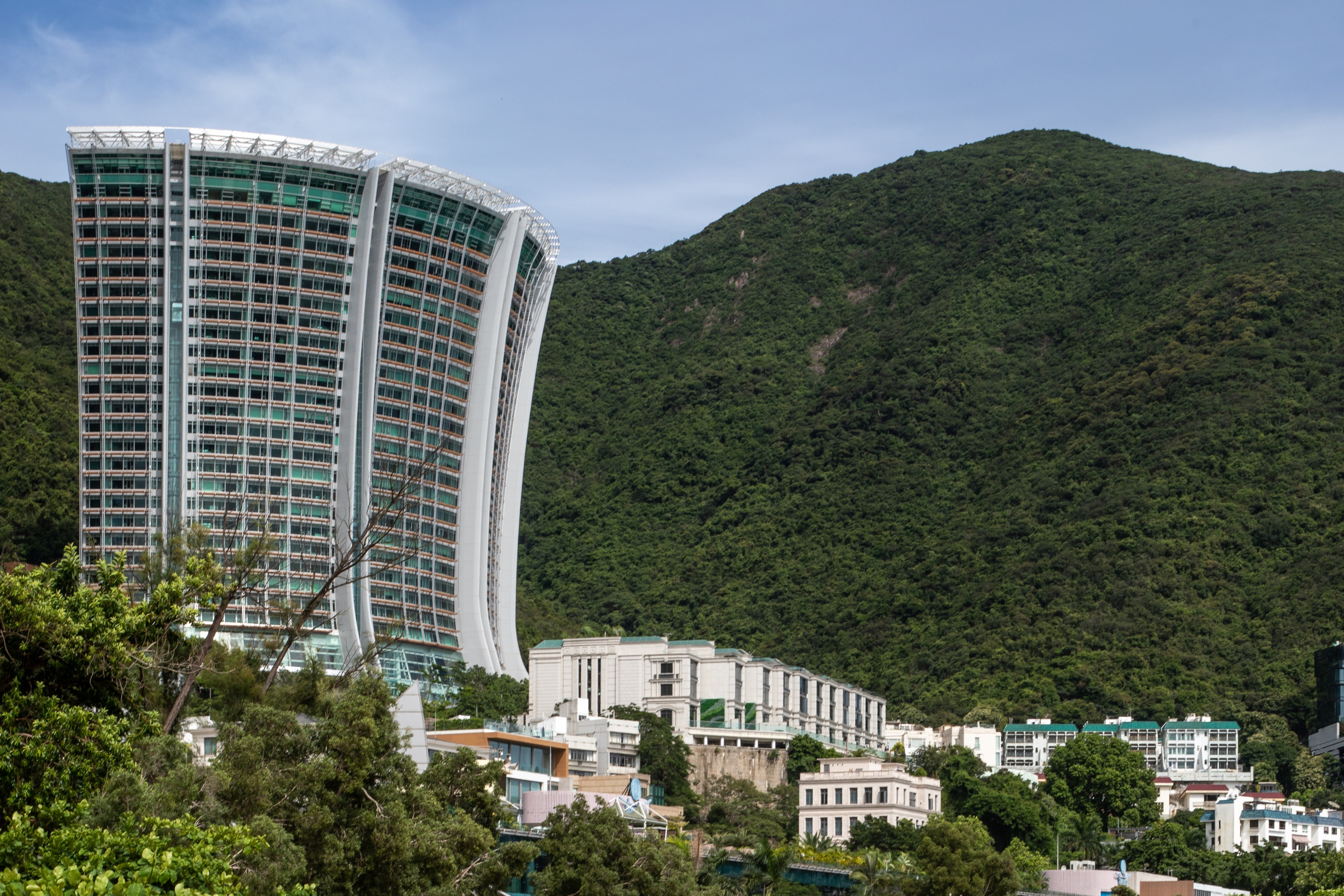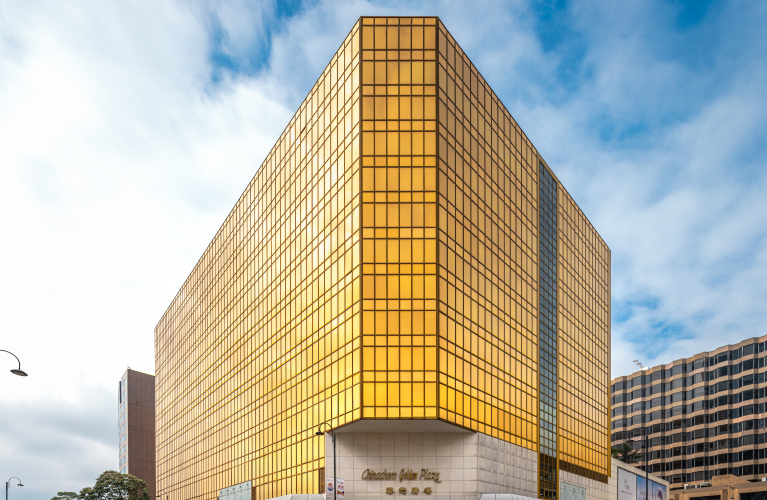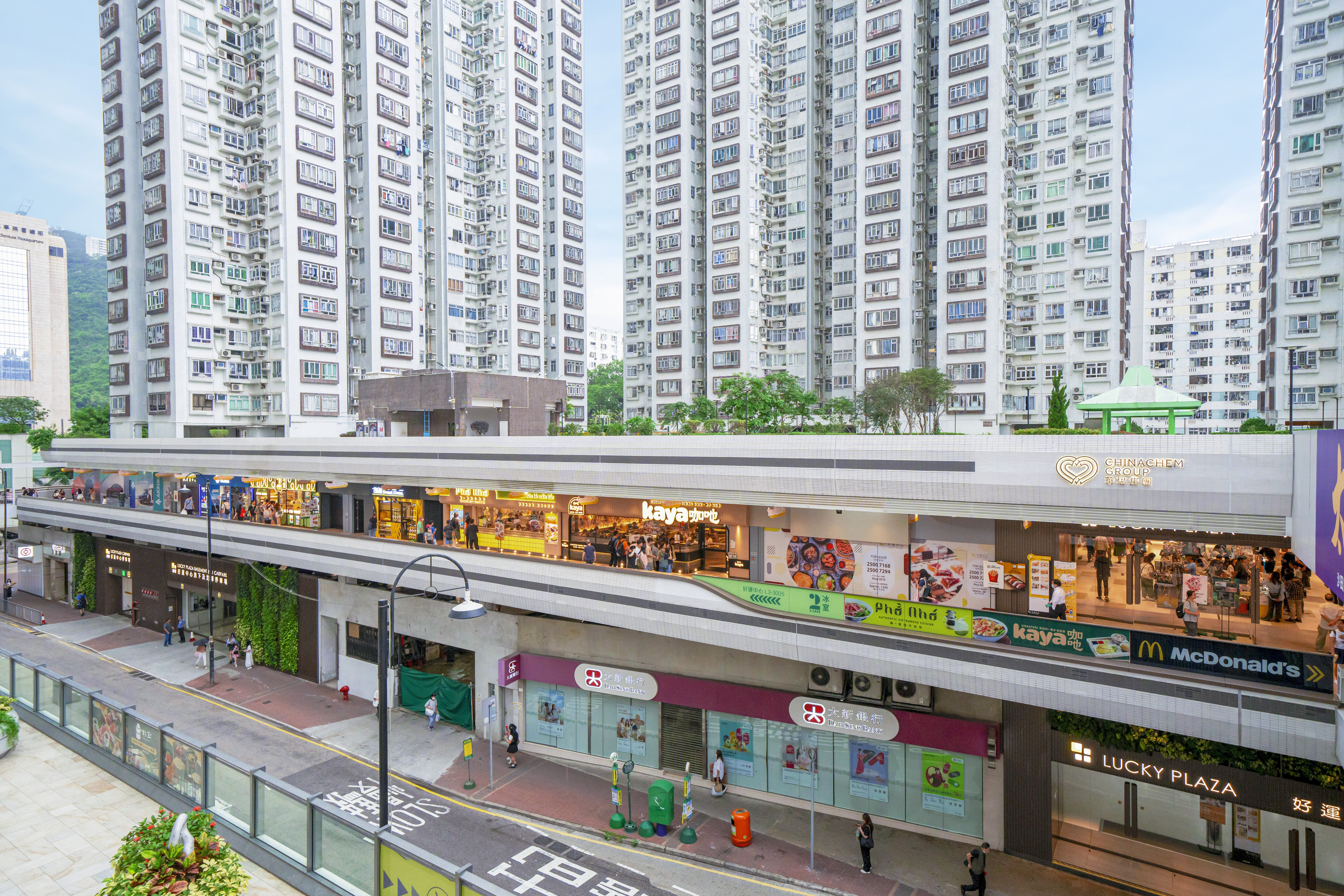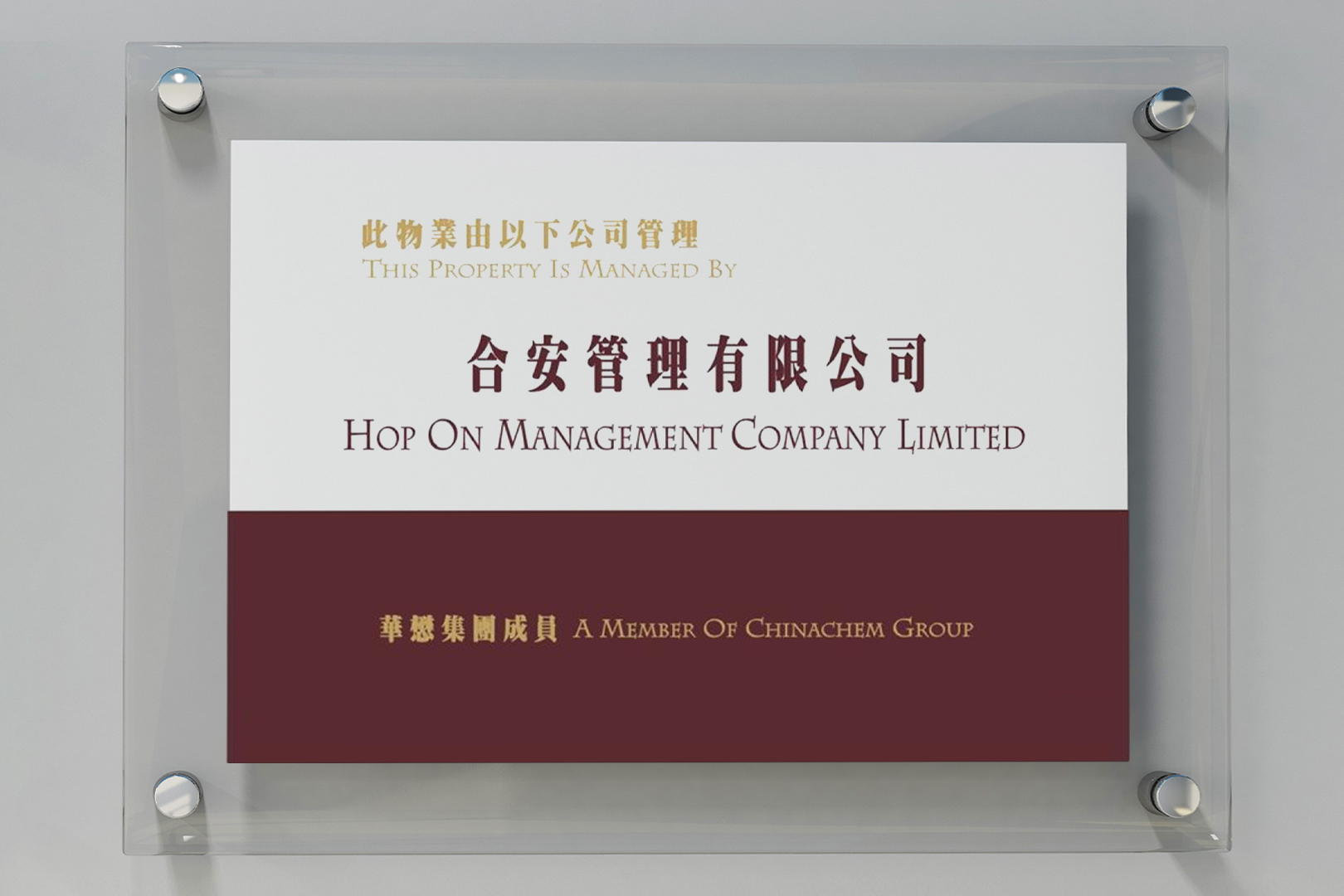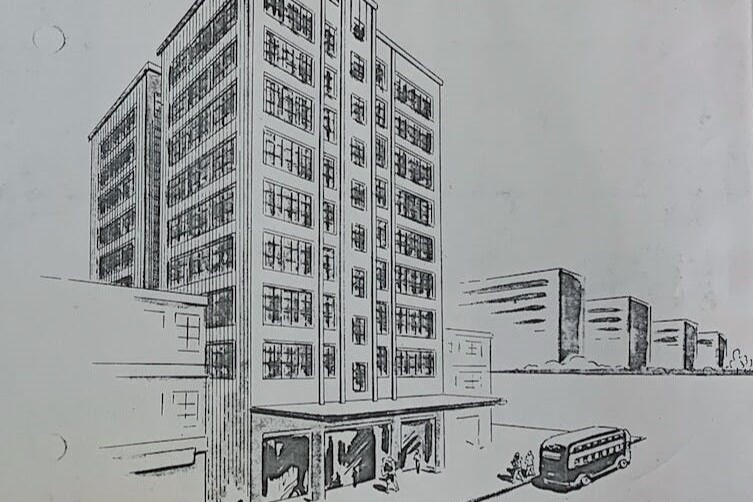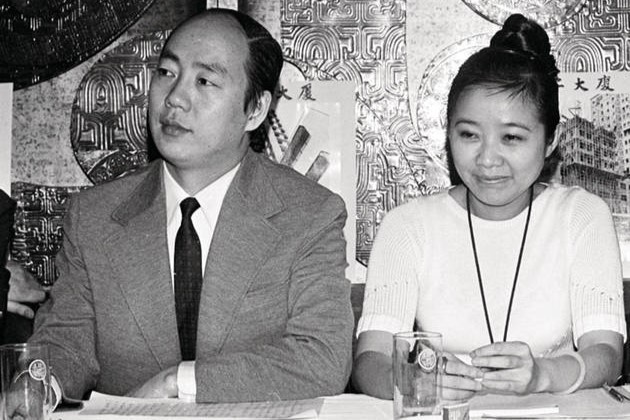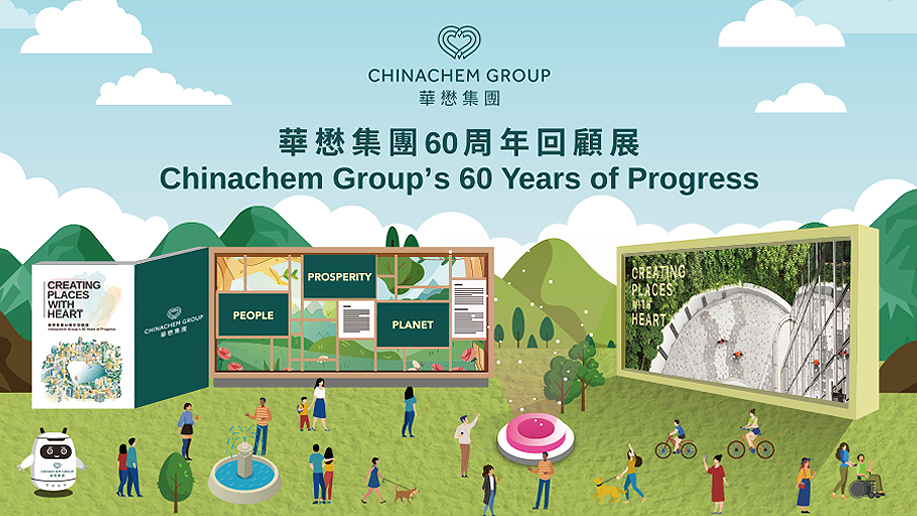Entering the 1960’s, Hong Kong was a city on the brink of transformational change. Half of its three million inhabitants were under 25, sampans filled the harbours, and rickshaws still plied the streets. The number of factories in the city had trebled in the preceding ten years, and Hong Kong’s low level colonial cityscape was being punctuated by the high-rise architecture that is its global signature today.
Inspired by these signs of change and identifying real estate as a prime area of growth, the owners of a small chemicals business acquired several land parcels in areas such as Kwun Tong and Tsuen Wan. Before long, construction was under way, and by the end of this influential decade, their company Chinachem was developing industrial buildings for the thriving manufacturing industry, and creating homes for its growing workforce.
By 1970 Hong Kong’s population had grown by a third, and in response the Government began developing a series of satellite ‘new towns’, incentivising the exchange of buildable land for higher ratios of agricultural land. Capitalising on this opportunity Chinachem invested heavily in farmland, later trading it for key sites in Sha Tin, Ma On Shan, Fan Ling, and Sheung Shui that they subsequently developed into large scale community housing.
Inspired by these signs of change and identifying real estate as a prime area of growth, the owners of a small chemicals business acquired several land parcels in areas such as Kwun Tong and Tsuen Wan. Before long, construction was under way, and by the end of this influential decade, their company Chinachem was developing industrial buildings for the thriving manufacturing industry, and creating homes for its growing workforce.
By 1970 Hong Kong’s population had grown by a third, and in response the Government began developing a series of satellite ‘new towns’, incentivising the exchange of buildable land for higher ratios of agricultural land. Capitalising on this opportunity Chinachem invested heavily in farmland, later trading it for key sites in Sha Tin, Ma On Shan, Fan Ling, and Sheung Shui that they subsequently developed into large scale community housing.
